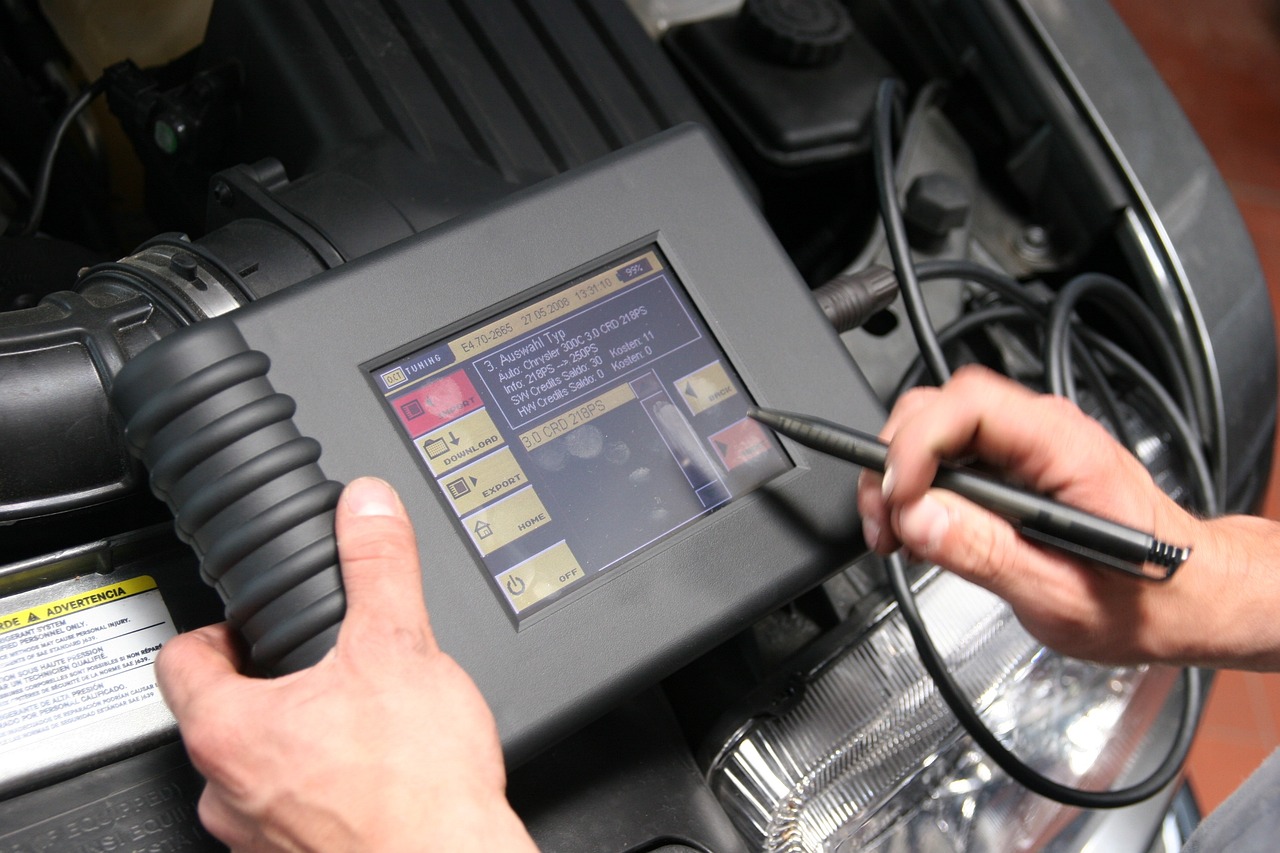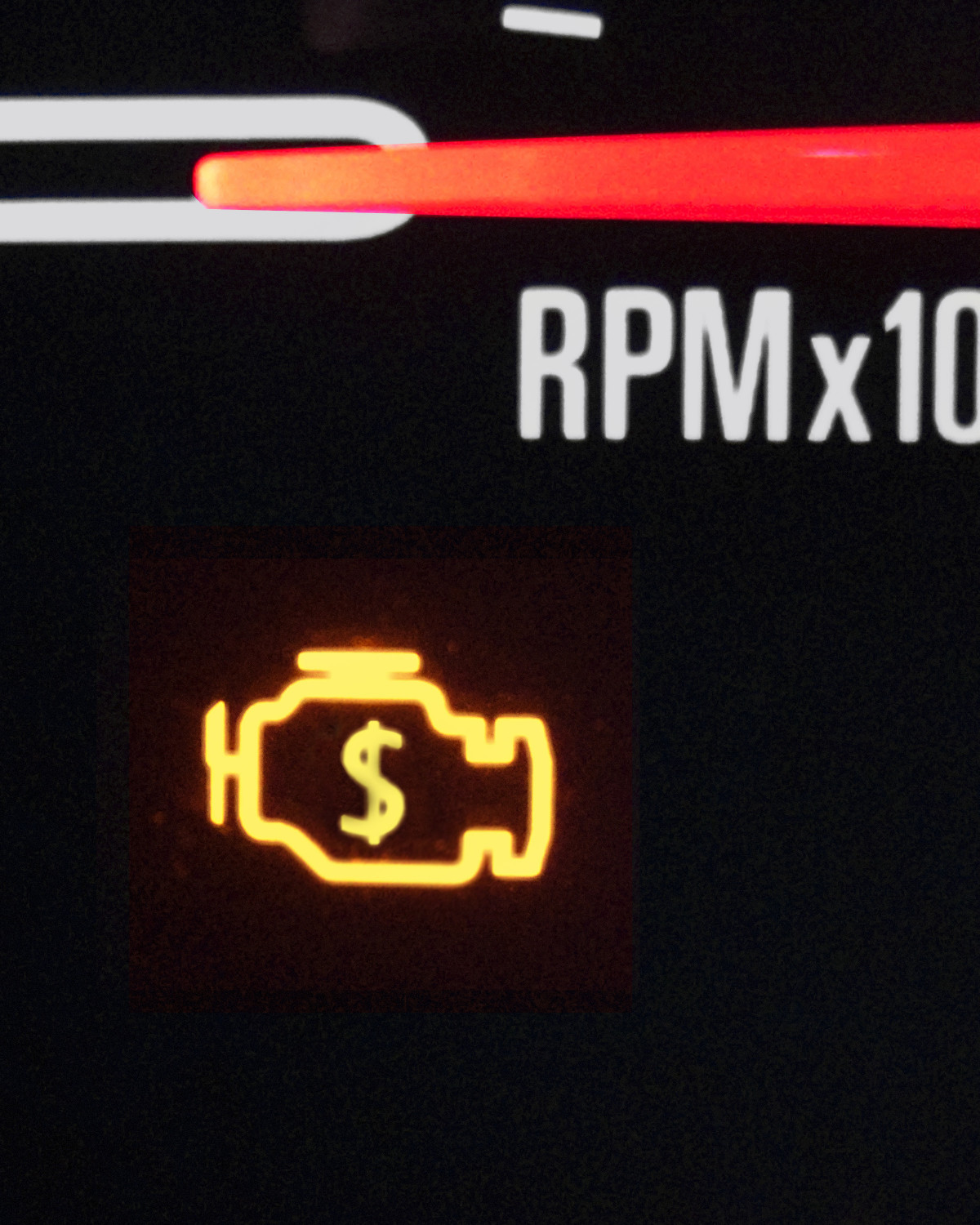Contents
bolsa de pierna decathlon
Adidas Stan Smith
sadarināšanās gredzeni
χρυσσες πλατφορμες
napihljivi fotelj merkur
nike air zoom pegasus 36 w
replika spor ayakkabı toptan
ted baker aurinkolasit
moschino tričko
νακ παπουτσια πεδιλα
- Anti-pollution light: description and meanings
- Description of the anti-pollution light
- Anti-pollution warning light: when it comes on and what it means
- Light on: how to react?
The anti-pollution warning light is a source of anxiety for many motorists when it comes on.
Should you stop, go to the garage immediately or ignore it and continue? Here are the answers to your questions.
Description of the anti-pollution light
It is a yellow light with a pictogram representing an engine. Its particularity, contrary to a warning light like the oil light or the temperature light which lights up fixedly, is its operation:
It can blink, light up intermittently, remain fixed, and be accompanied by a message on the dashboard, all these modes of operation responding to a precise meaning.
Its lighting up is linked to a minor or major fault in the engine management system; any malfunction in the engine management system is controlled by an independent internal diagnostic system common to all makes, governed by international standards: this is the OBD (On Board Diagnostic) system for the USA and EOBD (European On Board Diagnostic) for Europe, the latter being closely inspired by the American system.
These systems are becoming more and more drastic (from the EURO 1 standard in 1993 to EURO 6 today) to control the polluting emissions of motor vehicles better.
Any malfunction of the engine management system (ignition coil, engine temperature sensor, defective TDC sensor, etc.) leads to incomplete or inadequate combustion in the cylinders, which directly impacts pollutant emissions, hence the common name of “anti-pollution light”.
Note: EOBD also includes all exhaust-related components (catalytic converters – particle filters – temperature and pressure sensors, etc.), as well as other systems (robotized gearboxes, etc.) that also affect emissions control.
Emission warning light: when it comes on and what it means
When the warning light comes on momentarily and then goes off: this is usually a transient fault that is not likely to change the polluting emission rate over time.
The light comes on permanently: a permanent operating fault affecting the emission rate. Initially, the light goes through the first phase and lights up permanently after a driving cycle determined by the standard where the fault is still present.
The light flashes permanently: its frequency is regular and once a second. This state indicates a defect that could damage or destroy the catalytic converter.
It will often be accompanied by a message on the dashboard, “pollution anomaly,” and a change to a degraded engine operation mode (loss of power – suppression of turbocharger operation, etc.).
Light on: how to react?

The purpose of the anti-pollution warning light is to alert you. The fact that it lights up is a sign of:
- a minor malfunction;
- a malfunction that simply affects the rate of emissions;
- a major malfunction that could destroy the catalytic converter.
The wisest solution is to have the vehicle checked quickly in a workshop. Nevertheless:
- If the warning light comes on permanently without symptoms of engine malfunction, you can continue driving to your home or your garage (several hundred kilometers possible).
- If the light comes on in flashing mode with a drop in engine power, and if you are not on an expressway (in which case the vehicle must be towed on a flatbed), it is still possible to reach the nearest workshop (a few kilometers).
Read more: OBD: Features and Diagnostic Plug
Hope this post has provided you with the information you were looking for. Remember to jot down a few words in the comment section below.


1 comment
[…] – What Triggers the Anti-pollution Warning Light; […]